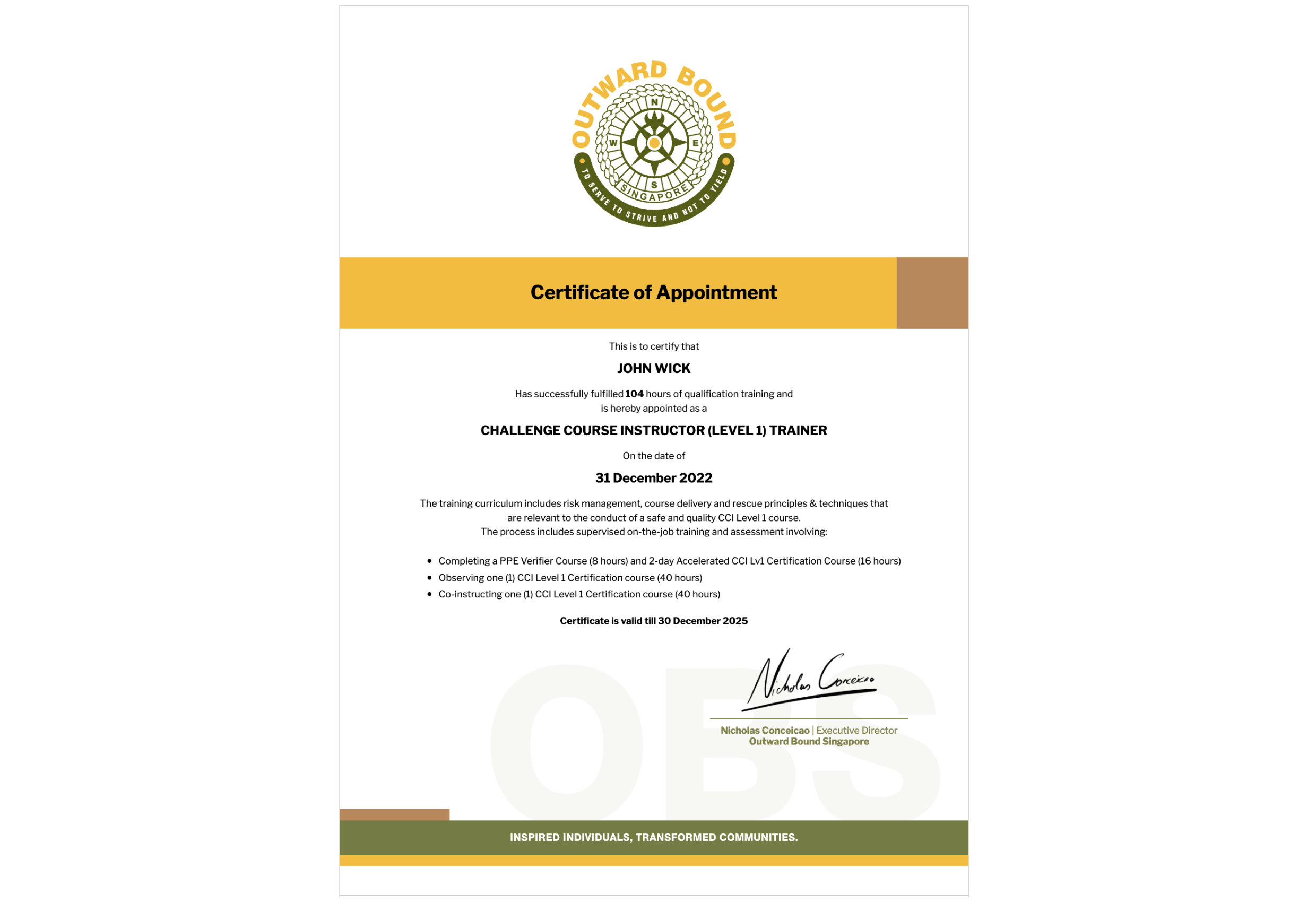Revoke documents using document store
Licenses, certifications, and permits are some examples of documents that can be issued as verifiable documents.
When issuing verifiable documents, keep in mind that they will remain verifiable indefinitely.
However, there may be times when the issued document needs to be revoked because:
- It contains errors.
- It was issued wrongly.
- After issuance, an incident occurs and requires the document to become ineffective and unverifiable.
Differences between revocation and expiration
Revocation serves as a strict, proactive approach to prevent security breach or any change that may compromise the document integrity.
Document revocation is not intended to work as expiration, since documents with an expiry date already have a limited validity duration that the issuer determines at the time of file creation.
For documents with limited validity, consider including expiry dates within the document content for external verification.
The following screenshot shows a certificate example:

It includes:
-
The document issue date (e.g. “31 December 2022”) can be stored in a field defined by the issuing party and also in the content visually shown in the document renderer.
-
The document expiry date (e.g. “30 December 2025”) can be stored in another field defined by the issuing party and also in the content visually shown in the document renderer.
However, whether or not the document remains viewable after expiration may be up to the issuing party’s decision based on the use case. The document renderer should handle any logic specific to expiration.
Revoking a document
open-attestation document-store revoke --address 0xBBb55Bd1D709955241CAaCb327A765e2b6D69c8b --hash 0x1e0c5e93c04032ed6571b31c785b963f0a27776041f35bdcc98cd8dfe073adc0 --network sepolia --encrypted-wallet-path wallet.json
In the example above:
addressis the document store address, for instance the one created with the Deploying Document Store guide.hashis the value oftargetHashfield of one of the previously wrapped documents (open one of the file, head to the bottom and check for thetargetHashin thesignatureobject.
You will be prompted for the password that you used while creating the wallet. You will see a message after completion of the command:
✔ success Document/Document Batch with hash 0x1e0c5e93c04032ed6571b31c785b963f0a27776041f35bdcc98cd8dfe073adc0 has been revoked on 0xBBb55Bd1D709955241CAaCb327A765e2b6D69c8b
Verifying the document
Head to dev.opencerts.io or dev.tradetrust.io and drag and drop the revoked document. An error will display in the portal.

The other document will still be valid.
Revoking multiple documents
If you open the previously wrapped documents side by side, you will notice:
- they have a different
targetHash: it uniquely identifies any document - they have the same
merkleRoot: it uniquely identifies any group of wrapped documents.
When you revoke a document you can use any of those hash, but the result will be different depending on the one used:
- when using the
targetHash, only the document will be revoked. - when using the
merkleRoot, all the documents wrapped together (in the same batch) will be revoked.
If you run again the command above, by using the merkleRoot of the documents, then will all be revoked.